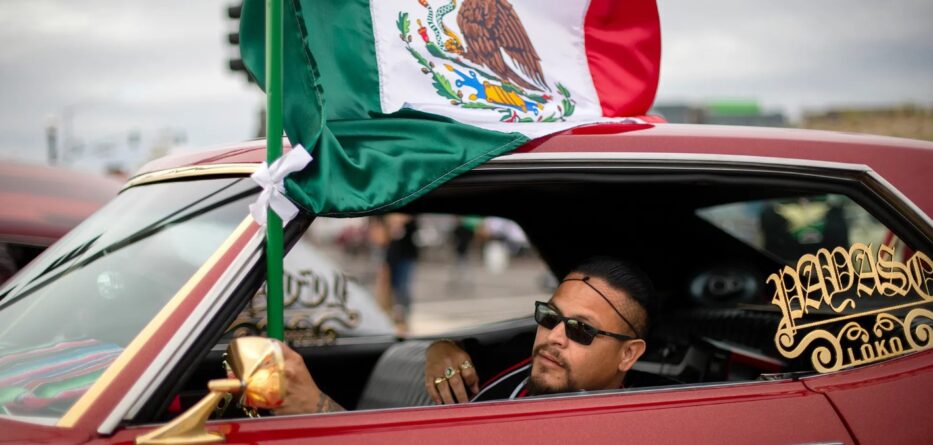Lynn La
CalMatters
Two new laws taking effect Jan. 1 could affect safety on California’s roads.
Cameras at intersections across California already flag drivers who run red lights. Under one law, six cities can begin a pilot program to catch and fine speeding drivers with cameras, with hopes to curb the number of traffic deaths.
Los Angeles, San Jose, Oakland, Glendale, Long Beach, and San Francisco have the authority to launch speed camera pilot programs that will last five years or until Jan. 1, 2032 (whichever date is sooner). After a 60-day introductory period of issuing only warnings to violators, fines will start at $50 for drivers who go at least 11 mph over the speed limit — though amounts can be reduced depending on income.
Money from the fines will go toward covering the cost of the programs, as well as “traffic calming measures,” such as raised crosswalks and speed tables that slow down drivers. Cities must also submit reports about their programs, detailing any improvements to street safety and impacts on communities.
Local officials and groups that advocate for traffic safety such as Walk San Francisco have praised the measure, citing research that speed cameras are effective at reducing the number of traffic accidents and fatalities. In a statement, Oakland Mayor Sheng Thao said that data also shows that “traffic violence overwhelmingly impacts Black residents, elders, and youth” and the law “will help us save lives.”
Cameras capture license plate numbers, not faces of drivers, but critics of the law, which include Electronic Frontier Foundation, ACLU California Action and Human Rights Watch, cite concerns about over surveillance, privacy and data security.
Freedom for lowrider cruising
And on Jan. 1, California will end its statewide ban on cruising, when drivers show off classic, typically customized lowrider cars, by leisurely riding on city streets. The new law follows the lifting of cruising limits in cities including San Jose, Sacramento and Modesto.
Cruising bans have long been criticized by enthusiasts, and more recently Democratic lawmakers, as discriminatory against Latino communities. The activity is deeply-rooted in car culture, and is a way of “expressing our love for art,” said Democratic Assemblymember David Alvarez of Chula Vista upon introducing the original bill in February.
By lifting the ban, the state acknowledges the artistic and social merits of cruising. The law will also undo a ban on modifying vehicles to a certain low height. One member of the Sacramento Lowrider Commission said in a statement: “Low and slow, is not a crime.”
But law enforcement groups, the cities of Beverly Hills and Pico Rivera and the California Contract Cities Association argue that cruising is a threat to public safety. In its opposition statement, the association said that cruising can be deadly to pedestrians and lead to “street takeovers that are extremely dangerous.”






